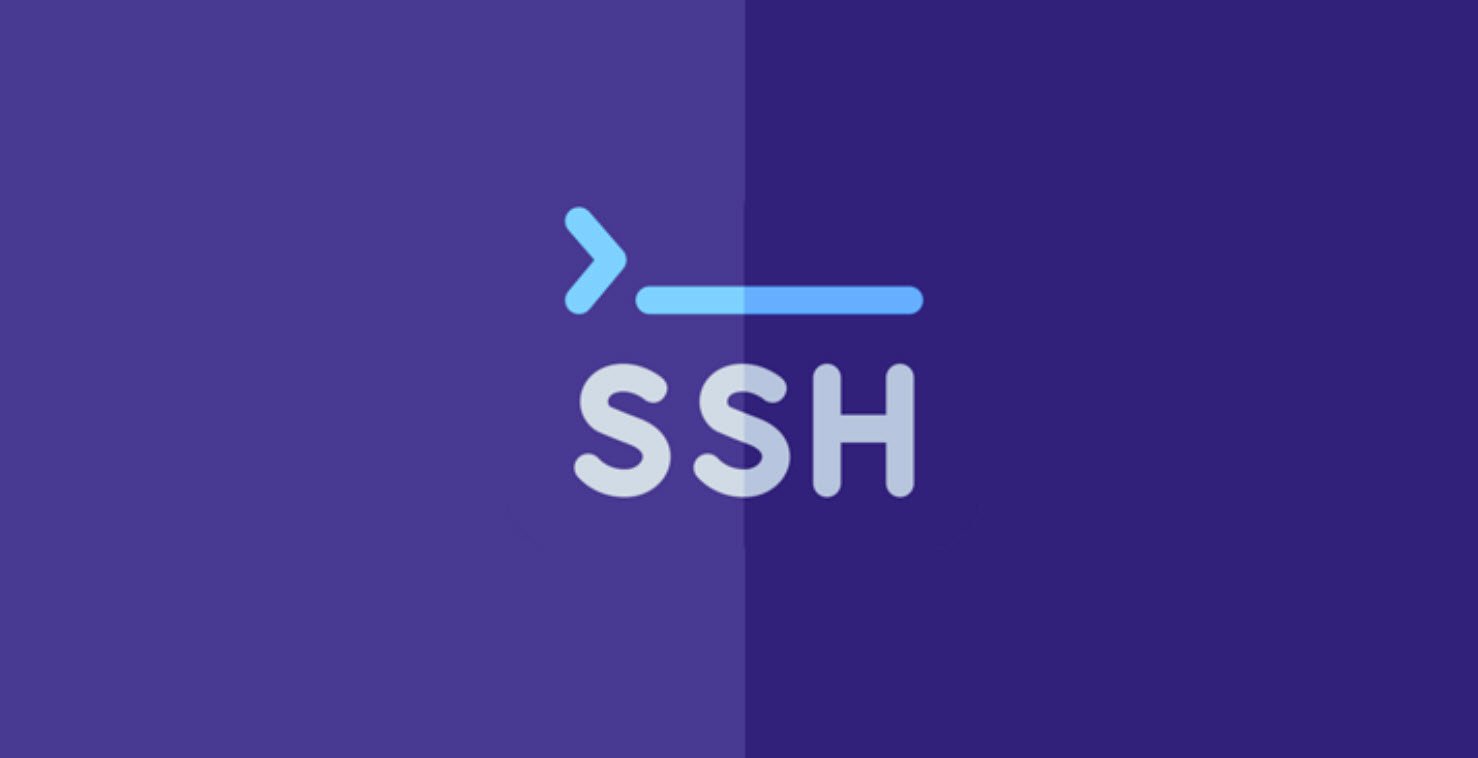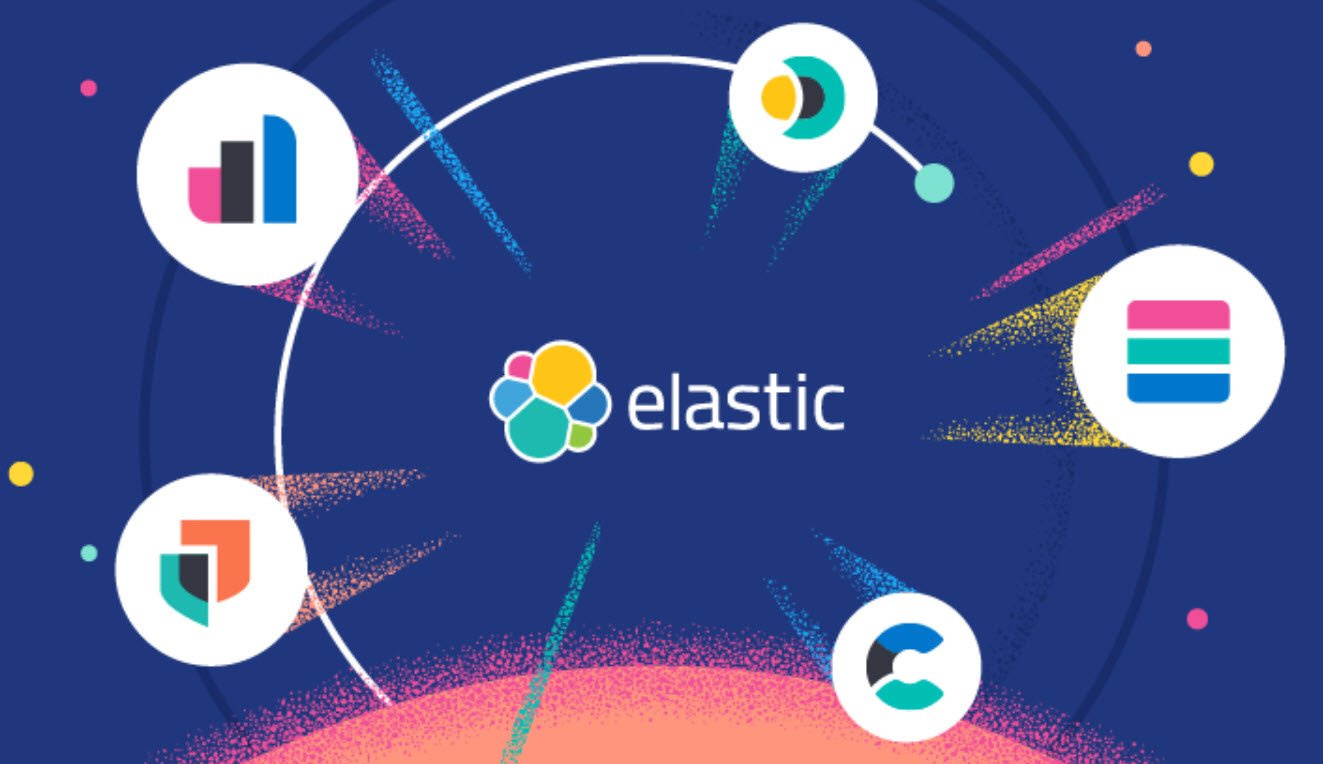
The ETag (Entity Tag) header is a crucial component of web servers that facilitates efficient cache validation and conditional requests by browsers. However, in certain scenarios, disabling ETag may be necessary to mitigate potential security risks associated with cache poisoning attacks.
In this article, we will explore what ETag is, why you might want to disable it, and how to accomplish this in NGINX.
What is ETag?
ETag is an HTTP header that enables browsers to perform cache validation efficiently. It allows browsers to make conditional requests and retrieve only the updated content from the server, reducing bandwidth usage and enhancing the user experience. While ETag serves a valuable purpose, there are instances where its usage can pose security concerns, especially if it is leaked by your code.
Why Disable ETag?
Disabling ETag is considered in scenarios where the security risks associated with cache poisoning attacks outweigh the benefits of efficient cache validation. If an attacker manages to manipulate the ETag value, they could potentially poison the cache, leading to the delivery of malicious content to users.
How to Disable ETag in NGINX
Disabling ETag in NGINX is a straightforward process. Follow these steps:
1. Open NGINX Configuration: Open the NGINX configuration file using a text editor. Depending on your setup, you can use one of the following commands:
nano /etc/nginx/nginx.confOr, if you have separate virtual hosts:
nano /etc/nginx/sites-enabled/example.conf2. Disable ETag Header: Add the line `etag off` to the appropriate block based on your preference:
a) To disable ETag for all servers on your NGINX instance, add it to the `http` block:
http {
...
etag off;
...
}b) To disable ETag for a specific server, add it to the `server` block:
server {
listen 80;
server_name example.com;
etag off;
...
}c) To disable ETag for a specific location, add it to the `location` block:
location /product {
...
etag off;
...
}3. Restart NGINX Server: After making the changes, ensure that there are no syntax errors in your configuration:
nginx -tIf no errors are reported, restart the NGINX server to apply the changes:
service nginx reload # For Debian/Ubuntu
systemctl restart nginx # For Red Hat/CentOSTo confirm the successful removal of the ETag header, you can use a third-party tool such as HTTP Header Check tool to inspect your server’s response headers.
By following these steps, you can effectively disable the ETag header in NGINX, enhancing the security posture of your web server and mitigating potential risks associated with cache poisoning attacks. Regularly review and update your server configurations to align with best security practices and stay ahead of evolving threats in the dynamic landscape of web security.
You may also like:- How To Install Python 2.7.18 From The Source
- How To Parse SSH Authentication Logs with Logstash
- How To Easily Crack Wi-Fi Password
- 6 Most Useful Windows Command Prompt Commands
- Ripgrep – Searching for Specific File Types and Beyond
- Insert and Create Data in Elasticsearch
- Manage Time and Date in Linux with timedatectl
- How to Set Network Adapter Priority on Windows 11
- How to Add a User to Sudoers on Ubuntu
- 25 Popular Linux IP Command Examples








